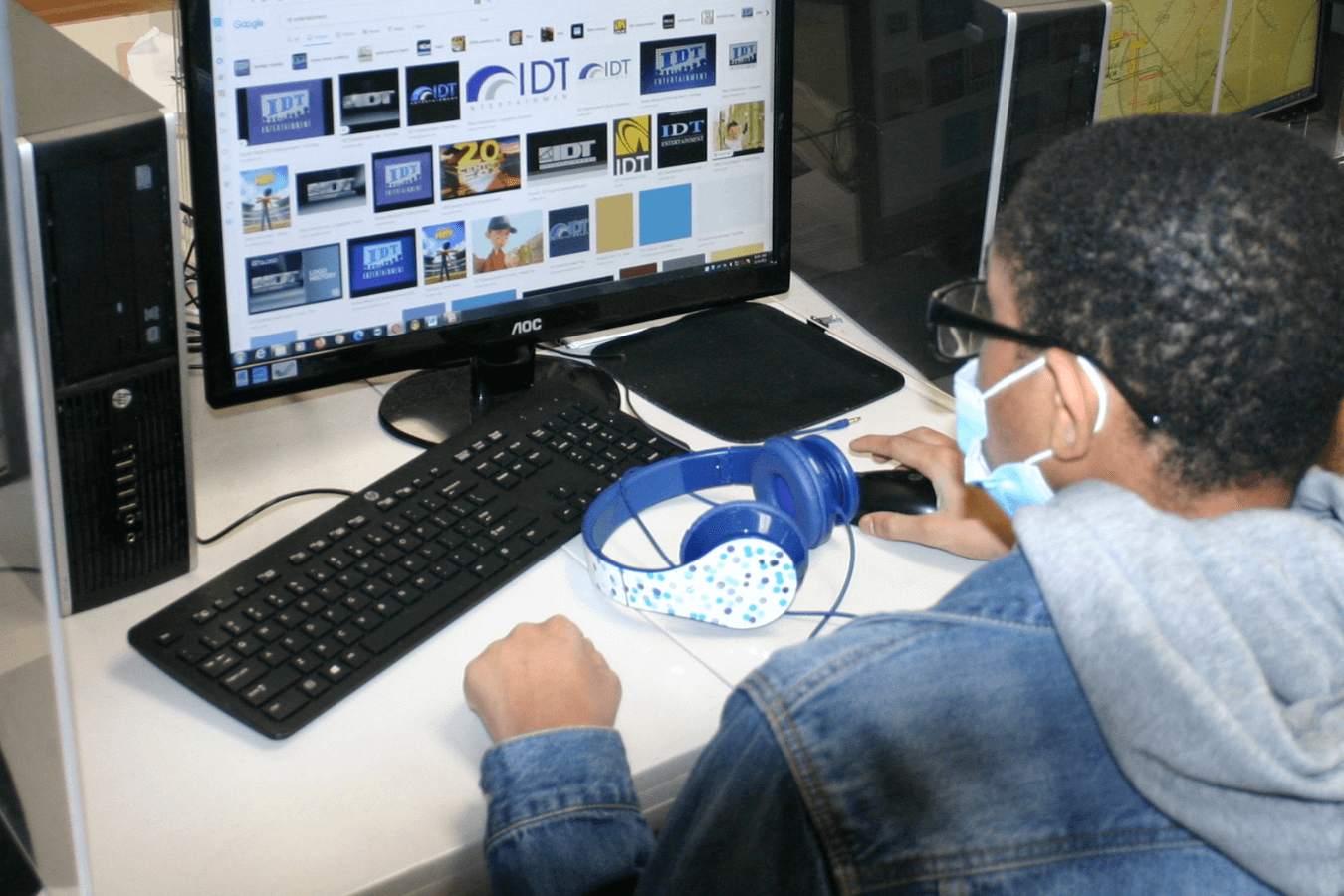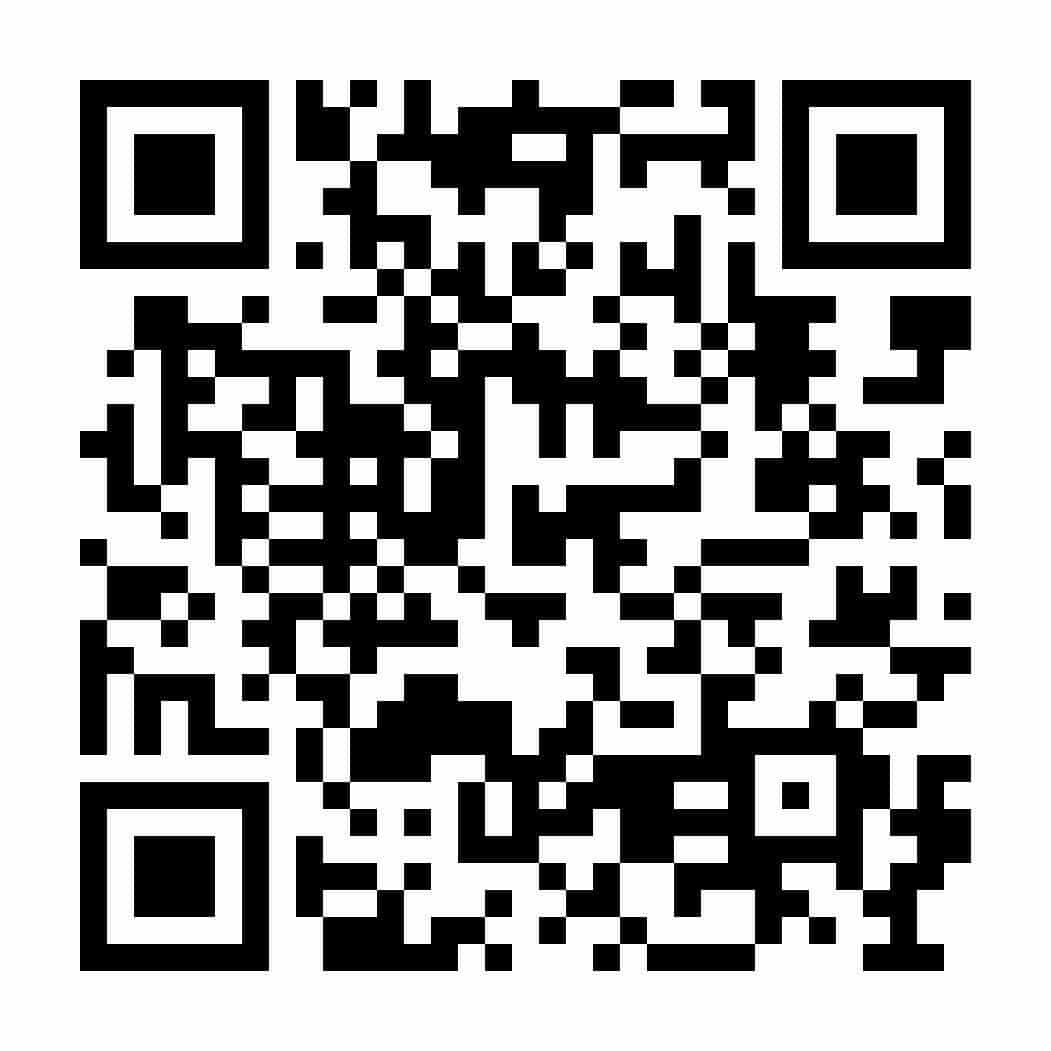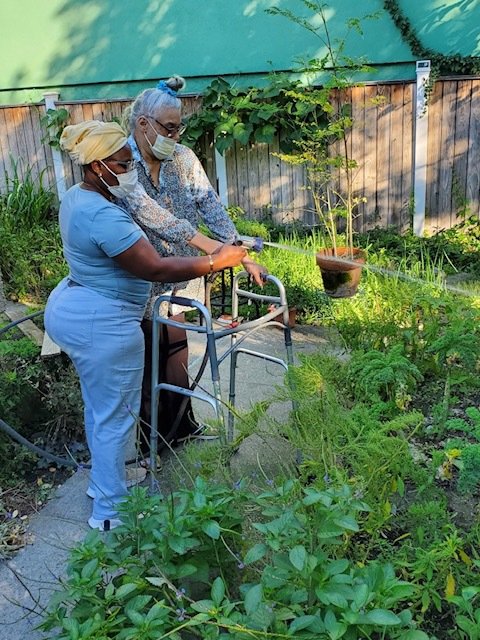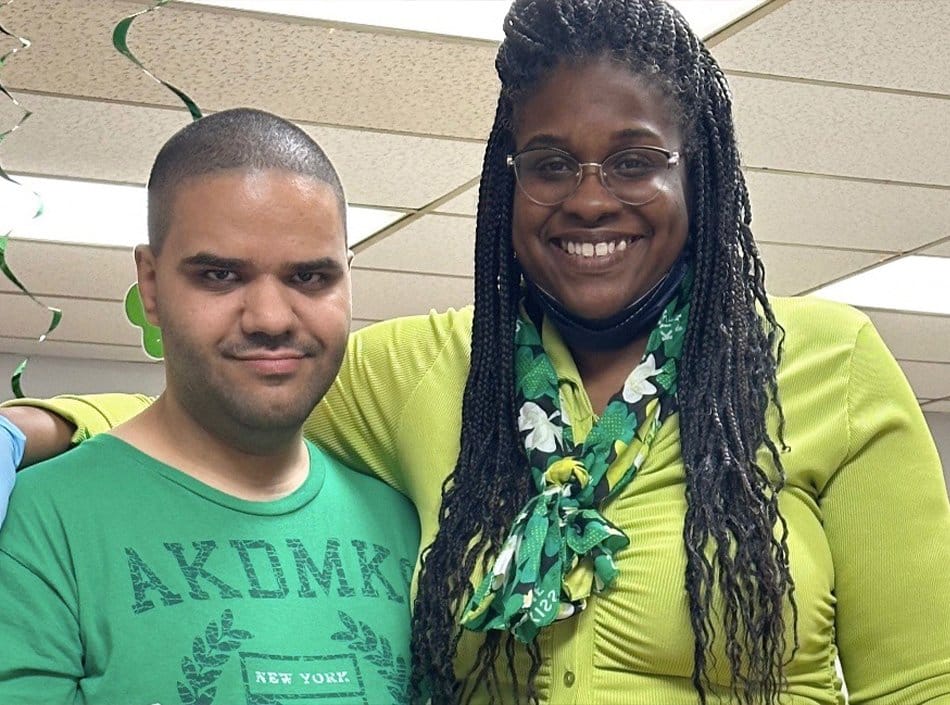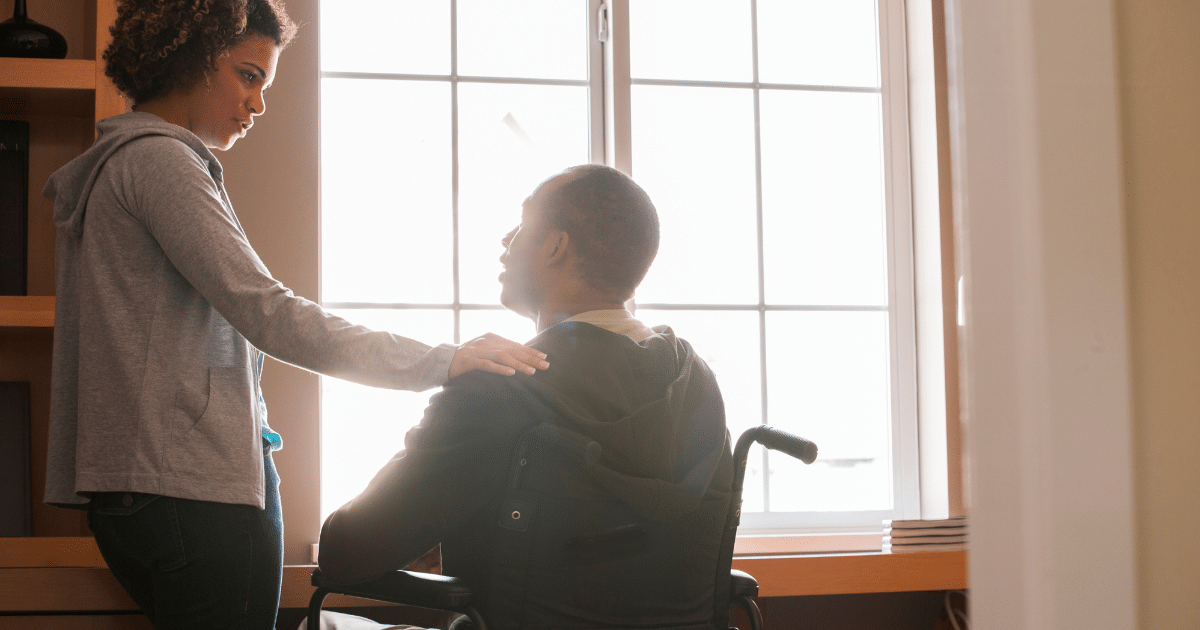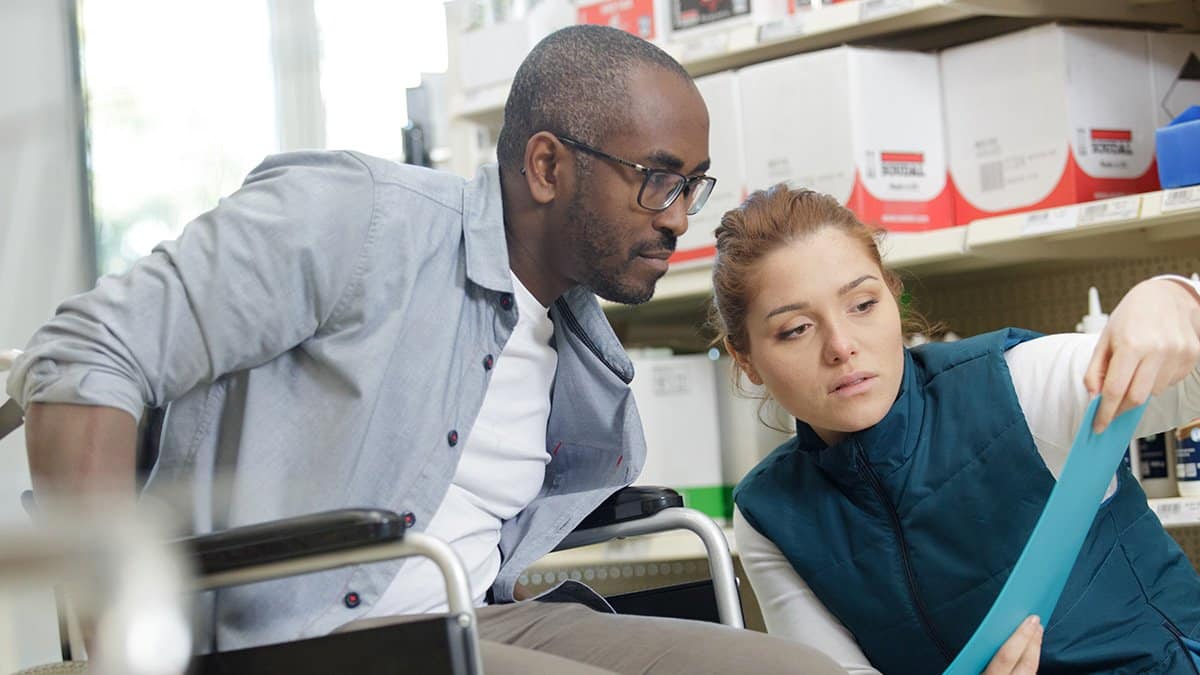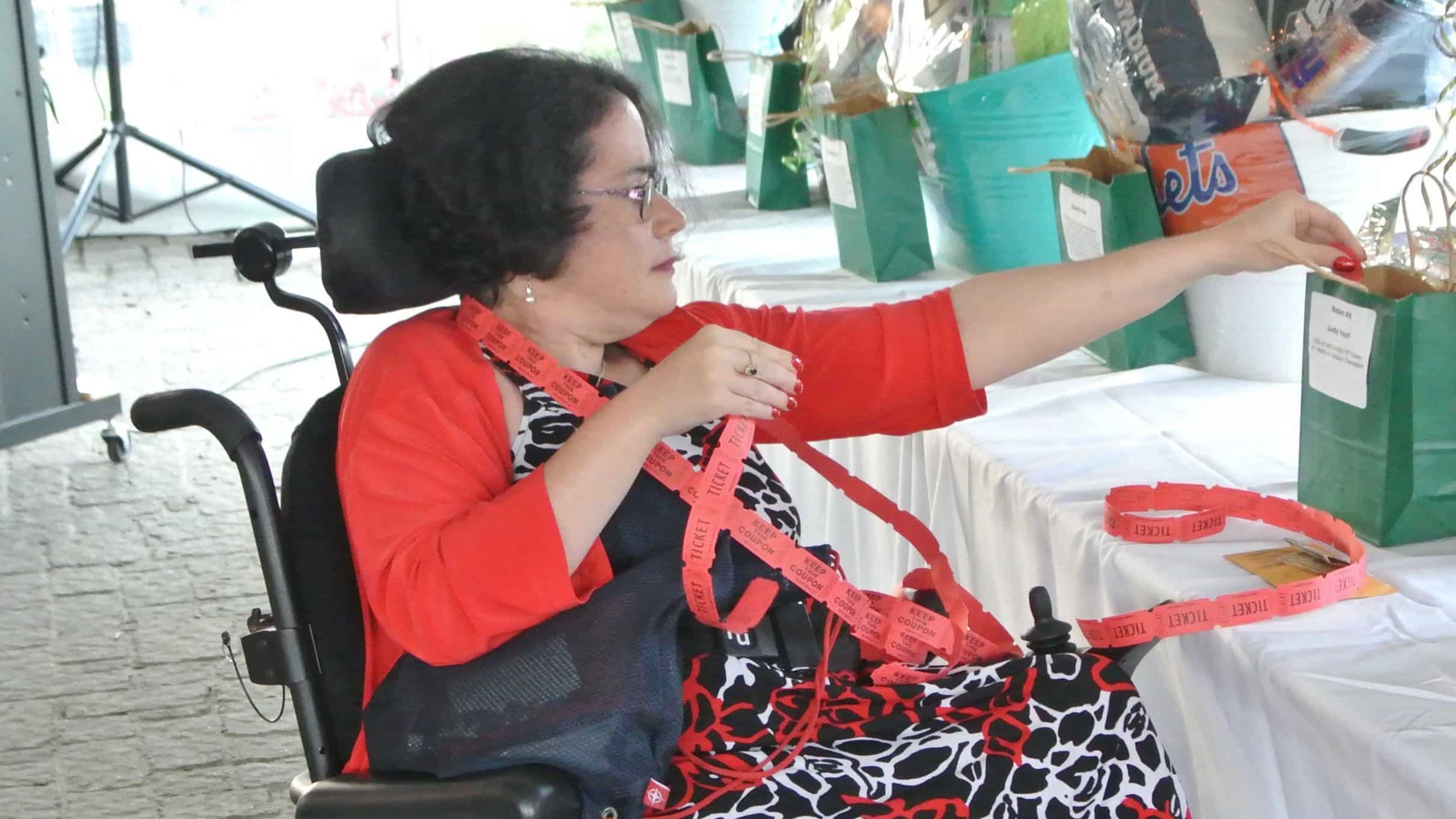We recently celebrated International Day of Persons with Disabilities (IDPD). This year’s theme was “Transformative Solutions for Inclusive Development: the Role of Innovation in Fueling an Accessible and Equitable World.”
Technology has been especially meaningful in recent years, both for individuals with disabilities and their caregivers. It has played a significant role in maintaining continuity of care, even when the pandemic shut many services and activities down. Though all people were affected by Covid restrictions, some remain more vulnerable than others. Without solutions in place, people with disabilities risk exclusion. The onus is on all of us—as individuals, communities, and governments—to make sure inclusion and accessiblity always remain.
Let’s look at how technology and innovation support inclusion, accessibility, and equity in the disabled community.
How Innovation Enhances Skills for Individuals With I/DD
At ILA, we use technology daily and teach individuals the skills they need to leverage devices to communicate and connect. Computers and mobile devices are essential for ILA’s individuals and staff. They help us teach, learn, coordinate, and collaborate without having to travel. They also help individuals stay connected with loved ones, doctors, and programs if they cannot meet in person.
Apps are often used to complete lessons, play educational games, and support non-verbal individuals through visual aids, like pictures and speech output devices, that enable individuals to express themselves.
Accessible Websites
The internet is a vast resource of knowledge, connectivity, and entertainment. If a person is deaf or hard of hearing, has low vision, or cannot deftly navigate the online world, they should never be excluded from enjoying it. Website accessibility helps individuals with disabilities interact with Web content, and although there are standards in place, many sites still lack accessible features. Things like voice commands, text-to-voice technology, and special typing technology help to make internet content available to everyone.
Telehealth Access
Staying healthy and monitoring health conditions would not have been possible during the pandemic without telehealth. With the ability to keep appointments with doctors and clinicians, continuity of care was maintained. In many cases, keeping appointments and monitoring treatment plans were much more manageable.
Telehealth was a blessing to the I/DD community during the pandemic, as many programs or doctor’s offices experienced closures or staff shortages. It also provided enhanced safety and convenience for individuals with co-occurring chronic health issues, helping to support positive health outcomes. Virtual appointments are often still used, providing continued accessibility and increased peace of mind.
ILA’s Day Programs
ILAs day habilitation programs teach individuals basic computer skills. By embracing technology, individuals learn important research skills while navigating the Web and increasing their knowledge of a range of topics. As a result, technology helps to enhance their daily lives and provide a sense of autonomy.
The Zoom platform has been invaluable in ensuring individuals continue to attend day programs. It also allowed individuals to see and communicate with loved ones during the pandemic, along with FaceTime. Technology has helped individuals maintain social and familial connections, carry on their routines, attend group activities, and keep their minds active.
ILA remains committed to providing individuals with the support, technology, and tools they need to thrive. If you want to get involved or learn more about what we do, contact us today.

